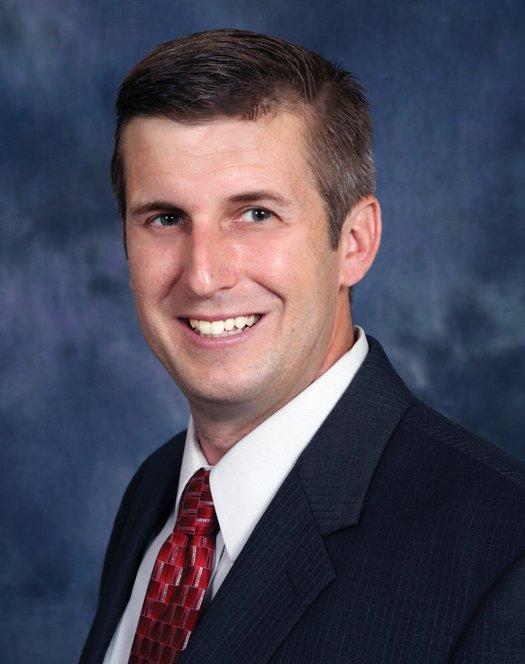By James Maroney
State Sen., D-14

James Maroney.
The future of energy is now. Every day we use energy to live. We divide up that energy among residential buildings, commercial property, transportation and industry. Heating and cooling our homes, lighting office buildings, driving cars and manufacturing products all require energy.
But how good is the energy we are provided on a day-to-day basis? How we choose our energy will determine the path we take towards our environment. Switching to renewable energy provides reliable power supplies, reduces the need for imported fuels and helps conserve the nation’s natural resources.
Renewable energy, also known as clean energy, generally refers to electricity supplied from renewable energy sources such as solar, wind, water, geothermal, bioenergy, nuclear and hydrogen fuel cells. These energy sources are considered renewable sources because they are continuously replenished on Earth and can continue to be replenished for thousands of years to come.
Wind energy is the newest type available. Wind energy is electricity produced using wind or air flows that occur naturally in the earth’s atmosphere. Modern wind turbines are used to capture kinetic energy from the wind to generate electricity.
Fossil fuels, on the other hand, are finite, create harmful greenhouse gases and other emissions, and can require dependency on countries outside the United States. Renewable energy is important to lower our carbon footprint, lessen our dependency and create jobs within the US.
Connecticut has renewable energy development initiatives that offer different incentives and innovative low-cost energy options. The three initiatives and programs in the state are the Connecticut Green Bank, the Microgrid Grant and Loan Program and Siting Clean Energy on Connecticut Brownfields. Connecticut created the microgrid program to help local distributed energy generation for critical facilities. A microgrid generally operates in island mode on its own if there is a crisis such as a power outage or a major storm. Brownfields require large sites for installation that usually have existing infrastructure needed to support development. To read more on these initiatives, you can head to the Department of Energy and Environmental Protection’s website, portal.ct.gov/DEEP.
Bridgeport has offered the state’s latest offshore wind acquisition. The proposal, dubbed “Park City Wind,” was selected and is being billed as the largest purchase of renewable energy in state history. The project aims to redevelop port facilities in Bridgeport harbor and is expected to more than double the amount of zero-carbon renewable energy procured by DEEP to date. DEEP Commissioner Katie Dykes says it will provide enough energy to power about 400,000 homes, or about 14 percent of the state’s electricity supply. Park City Wind could generate approximately $890 million in direct economic benefits and create thousands of jobs across the life of the project. The project will also provide energy cost savings to Connecticut ratepayers while delivering a reliable source of fixed-price, low-cost renewable energy.
Not only is renewable energy good for our environment and our pockets, it will create jobs and bring money back into the economy.